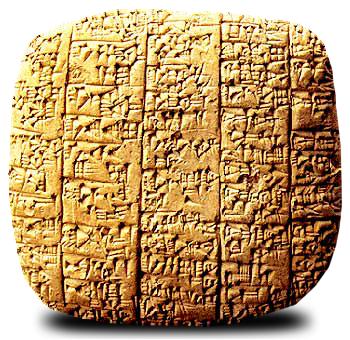Management means efficiency. Doing the things right. With minimum effort, waste. With maximum productivity. With less people. With less thoughts. With more procedures.
Efficiency was the thing of the Industrial Age. Produce more commodities for less. Minimize waste, increase quality.
Efficiency is the thing of the corporation.
Leadership means effectiveness. Doing the right thing. Create. Looking at the world, overcoming the fear, and doing it. Contribute to the world. Because it counts.
Effectiveness is the thing of the Collaborative Age. Maybe a computer programmer will only contribute once five lines of code to an open source software but his contribution will be decisive.
Effectiveness is the thing of the K.E.E.N, nomad between projects.
When do you stop measuring yourself in terms of efficiency? When do you start measuring yourself in terms of effectiveness, how you contribute to the world?



 Purpose is closely linked to enthusiasm and motivation. Enthusiasm and motivation are central for accomplishment and success. Hence, personal purpose is the centerpiece of accomplishment.
Purpose is closely linked to enthusiasm and motivation. Enthusiasm and motivation are central for accomplishment and success. Hence, personal purpose is the centerpiece of accomplishment.
 In the Industrial World it is all about the “rat race”. More money, more physical objects, more loans, requires more money, more work. Where is the enjoyment?
In the Industrial World it is all about the “rat race”. More money, more physical objects, more loans, requires more money, more work. Where is the enjoyment?



